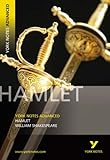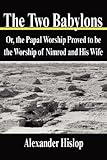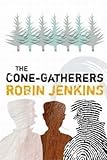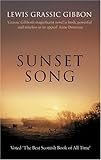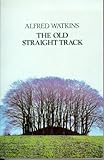The Reversing Earth (1982) by Peter Warlow
‘The Reversing Earth’ is a book that sets out to answer some very disturbing questions, Why did ancient peoples insist the sun at one time rose in the west and not the east? What could account for the magnetic anomalies preserved in our sea beds? Why did conditions for mammoths and many other animals change so catastrophically, and relatively recently? These and other questions not satisfactorily answered by any one theory, are brought together in a comprehensive, readable, and logical theory that also serves as a guide to Catastrophist, as opposed to Uniformitarian scientific thinking. It thus gives due consideration to Velikovsky, but should be more palatable to his detractors, as this theory does not involve impacts with other cosmic bodies. One of the original considerations by Velikovsky was why such a theory should be so unpalatable to us, and of course it is simply that, logically, if it happened once, it could happen again.


